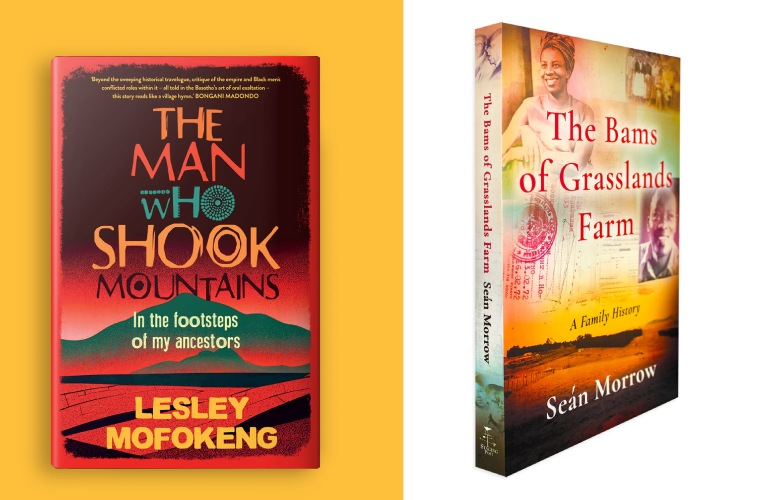Words and prose to narrate the evangelist’s trial and tribulations precise and orderly, but do not go beyond filial devotion
BOOK REVIEW:
Title: The Man Who Shook Mountains
Author: Lesley Mofokeng
Publisher: Jonathan Ball Publishers
By Jojokhala Mei

Call it a surprise chronicle of brave evangelist Mongangane Wilifred Mofokeng’s long and hidden 20th century life; here dugout and penned by journalist grandson Lesley Mofokeng – famous for crafting celebrity notoriety in the South African press, radio, plus books to boot,like ‘Bitch! Please. I’m Khanyi Mbau”.
Perhaps others might more lavishly lean on what they’d call anadd-onscholarly ‘treatise’ on the evangelist’s Dutch Reformed Church‘s controversialracist history; if not actually what Black South Africans inexplicably refer to as the ‘so-called ‘Church of France’ as solace perhaps.
Afterall, the idea of honoring his grandfather fell to the academic chisel of a long-form narrative journalism and painstakingly referenced study for Lesley’s recent MA at the University of Witwatersrand (Wits). The words and prose to narrate the evangelist’s trial and tribulations are precise and orderly, but do not go beyond filial devotion.
Like the self-published evangelic book ‘Call To Cathay’ by Kathleen Johnston, who writes “this book is lovingly dedicated to the memory of MY MOTHER DOROTHY AGNES JOHNSTON who was an inspiration in this story.. Without her there would have been no book. Because of her wisdom and great love for her lord my mother’s life has always been a shining example to me. She will live on in the memories of those who love her. I thank God for having given me such a special mother.’
Perhaps the wider family of retired Independent Elections Commissionchairperson Brigalia Bam were more aptly circumspect in designating independent journalist Sean Morrow the task of ‘digging up’ and writing their family history in the 2024 book ‘The Bams of Grasslands Farm’.
The hook of ‘The Man Who Shook Mountains’ to the general reader remains the promise of uncovering Black South African hidden or untold heritage, buried in the stories of men like Evangelist Mofokeng, who near miraculously canvassed and fundraised against all legal and illegal racists oddsfor a monumental church at a thoroughly remote North West province cattle-post called Geluksdal. The common ‘dankie-thanks’ is a deliberate omission of his name on the church stone. Unbelievably the apartheid racists went as far as naming such dumping grounds ‘Vergenoeg’, i.e. ‘Far enough’.
Unfortunately, I may be imposing words like ‘near-miraculously’ on a book that doesn’t really go far enough in characterizing the evangelist, like the USA ex-slave, evangelist Isabella ‘Sojouner Truth’ is characterized as ‘magnetic’
The family had started off staying in the Free State province, before moving to Gauteng, where due to church duties calling, the family twice lost a chance to get a stand or house in the big townships of the time. This must underpin the sense of otherwise inexplicable injustice many have to silently carry to their graves.
But the biggest historic tragedy must be the turn of the century unprovoked and inexplicable Boere massacre of a Black mission station in the Free State province named after the biblical Beersheba and found in the Free State province. In all current Free State / Northern Cape heritage literature perused I’ve never come across this fact. Can’t even remember a roadsign pointing to the place just outside the town of Smithfield south of Bloemfontein on the busy ‘lorry-traffic’ N6. Or renaming Smithfield ‘Beersheba’ for crying out loud.
When you’re done and dusted reading this book is a historic record not only for the church and the Free State Heritage Resources Agency, but as a resource for rschools, plus eaders of conscience worldwide.
(jojokhalam@gmail.com)










